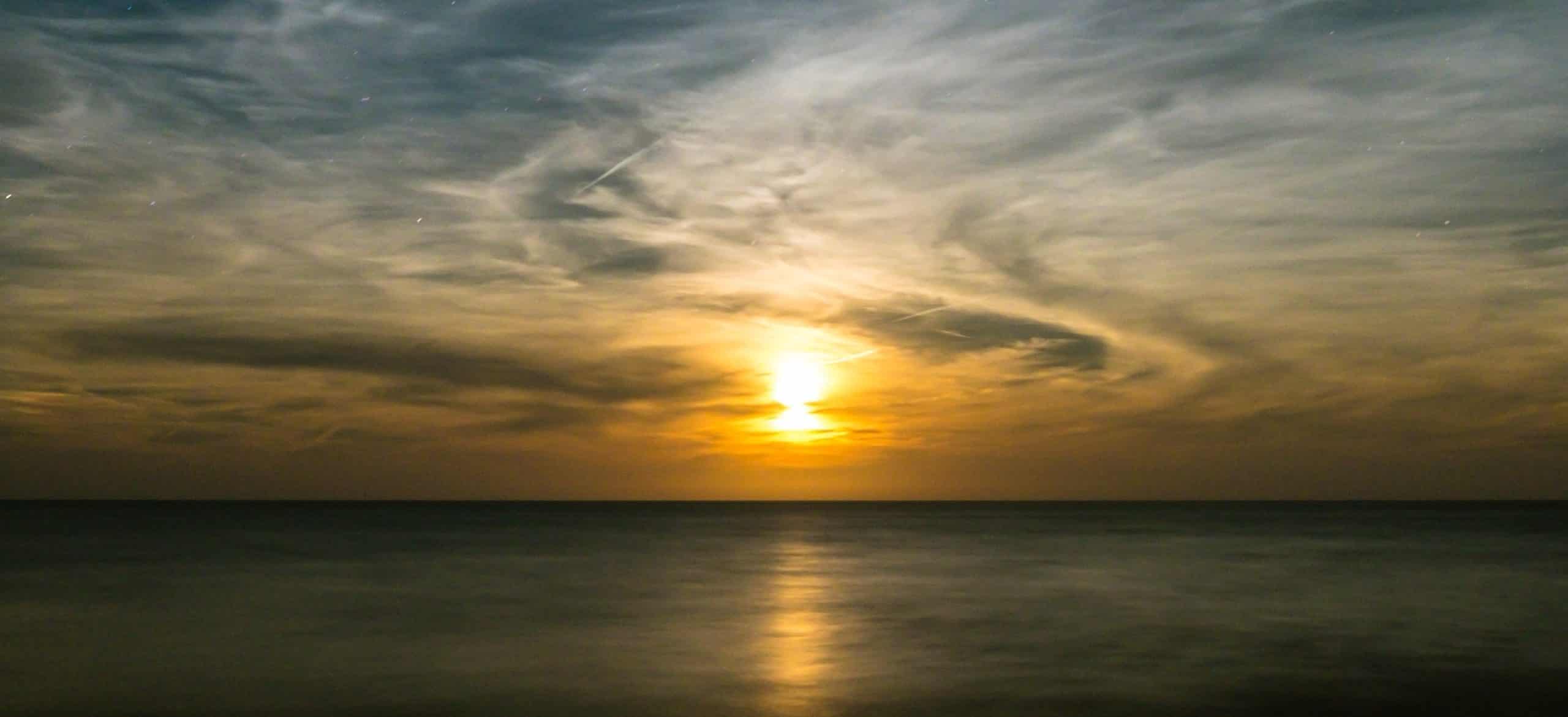“‘Man, remember that you are only light and that you will return to light’’ (Hermes Trismegistus)
Symbolism related to the sun
The simple contemplation of the sky was enough to create a religious experience in the primitive man’s mind. The vastness and highness of the heavenly vault were the origin of fear, questions, respect and desire of transcendence. Man then populated the heaven with superhuman beings and gods through whom he could call to the heavens and try to ask for favors and mercy through rituals (sacrifices, festivals). Among the planets and the million of visible stars, the sun, with its position, size and functions, took naturally an important spot in the first religions.
Although it was widespread around the world, the solar cult developed more particularly in Egypt, Asia, archaic Europe, Peru and Mexico. Some populations considered the sun as ‘’The Supreme God’s eye’’ or as ‘’His son’’, he was invested with the task of creation and was even sometime equivalent to ‘’the author of the cosmical creation’’. For example, in India, the Korku people (a group of people native from the Munda peoples, west of Madhya Pradesh and Maharashtra, circa 200000 people, divided into four exogamic groups), of Hindu faith, were worshipper of the moon and sun and pretended to be ‘’sons of the sun’’, made of the union of those two celestial lights dominating heaven.
Darkness and light
The reverence for the sun came from the ancestral fear caused by the disc of light ’s disappearance on the horizon, creating the frightening, mysterious night, the death of the world of shapes, which is followed, at dawn, by its eternal comeback, resuscitating all things: a visible alternation between the sleep and awakening of life, between interiority and exteriority.
As its transition to the dark world never changed its round shape (contrary to that of the moon which changes all along the 28 days cycle until it disappears completely) it was considered an initiator: the sun had the power to guide souls through darkness until a new light comes. Naturally similar to all the gods created by man, the sun had the power of ‘’feeder’’, ‘’creator’’ through its warmth and light but had also a ’’destructive’’ power ignited by their excess (drought). This is why, so as to preserve life, the moon (symbol of fertility linked to water) and the sun were very often worshipped together by primitive rituals. This dynamic and fecund role was what allowed this hierophany (rite, divine shape) to continue.
Harmonise solar and lunar energy
Hatha-Yoga offers us the opportunity to connect through practice with those two celestial beings by defining energetic channels (Nadi) throughout the human body specifically related to each of them. Ida (Lunar) and pingala (Solar) represent the possibility to harmonize those two energies, and to realize their harmony in ourselves.
In India, the sun symbolises the house of Purusha, Brahma, Atman, the universal spirit. The sun is all those things of course, but one should not put aside the emotion kindled by the striking performance of magnificence it has been offering since the dawn of times to man’s amazed gaze. Even if archaic rituals have vanished, nowadays it is still venerated by the thousands of tourists running to benefit from ‘’the strength of his rays’’! The sun salutation is a praise to its light giving generosity, beauty, warmth, life, and thus for every human being, be it prince or peasant, saint or sinner.
Surya Namaskar, its origin
The origin of the Surynamaskar (surya=sun, namaskar=salutation) has been attributed to the Persian. This people had a monotheist religion of which Supreme God ‘’Ahura-Mazda’’ was called ‘’Lord of light and heaven’’, but they still revered some primitive gods such as Mithra (the sun) and Anaita (goddess of fertility and earth). Following the conquest of Persia, part of the Parsi population fled to the East and settled in India. It’s important to notice that in India, the pantheon of ‘’the forces of nature’’ was rather lead by Indra, the lightning bearer, god of storms and fertilizing rain. In the aftermath of this immigration a solar ritual emerged gradually in yogic practice. Many yoga schools in India have adopted the sun salutation, but not all of them endorsed it, and many different forms exist.
The one detailed in here is inspired by the teachings of Dhirendhra Brahmachari’s school in New Delhi. However, every school offers different variations that slightly modify the basic techniques. A traditional sentence says that ‘’there is as many ways of practicing the Surynamaskar as there are yogis under the sun’’!




